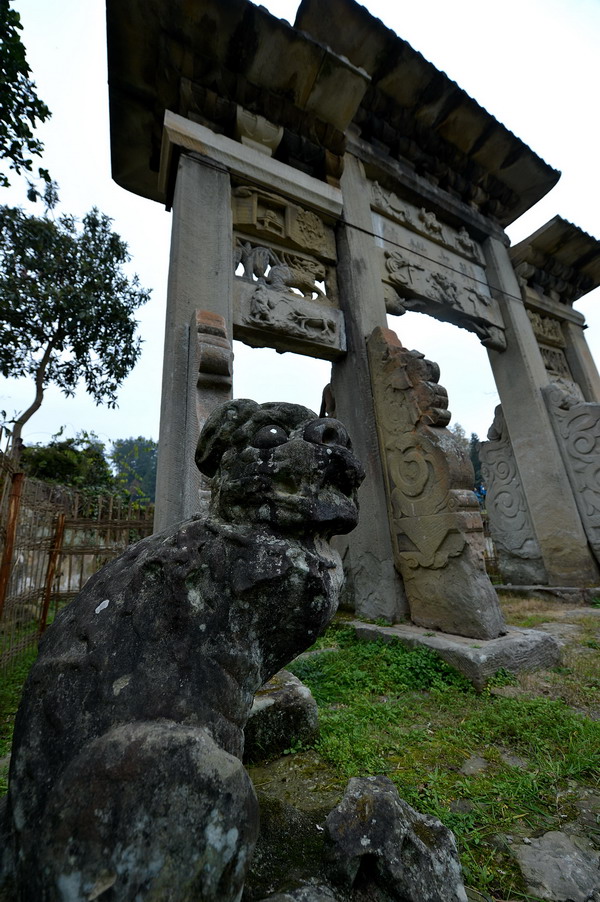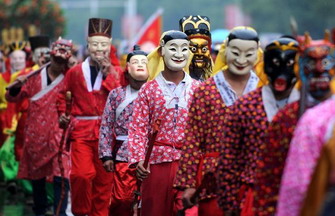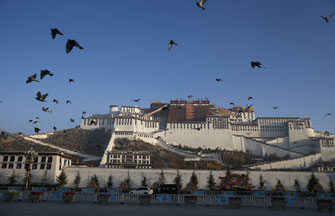|
 |
|
The stone beast and stone archway in Tangya chieftain city relics.[Photo/Xinhua] |
In March 2014, China officially submitted application to the World Heritage Center for Chinese chieftain heritage.
Chieftain, also known as Tusi, was tribal leader recognized as imperial officials by the governments of Yuan (1271-1368), Ming (1368-1644), and Qing (1644-1912) dynasties. The arrangement is generally known as the Native Chieftain System.
The State Administration of Cultural Heritage has confirmed that Yongshun chieftain city relics in Central China's Hunan province, Tangya chieftain city relics in Central China's Hubei province and Hailongtun chieftain city relics in Southwest China's Guizhou province will jointly represent Chinese chieftain heritage to apply for the world cultural heritage in 2015.
China's chieftain heritage sites are mainly distributed in the multi-ethnic settlement in mountain areas of Hunan, Hubei and Guizhou provinces. The existing relic types include chieftain city relics, chieftain military town sites, chieftain government building relics, manor relics, graves, etc. The chieftain heritage reflects the history of native chieftain system and the lifestyle and cultural characteristics of chieftain society.
 |
 |
| Nuo Opera staged in E China's Jiangxi | Glimpses of Lhasa's holiday season |
|
|
|
|
|
|
|
|